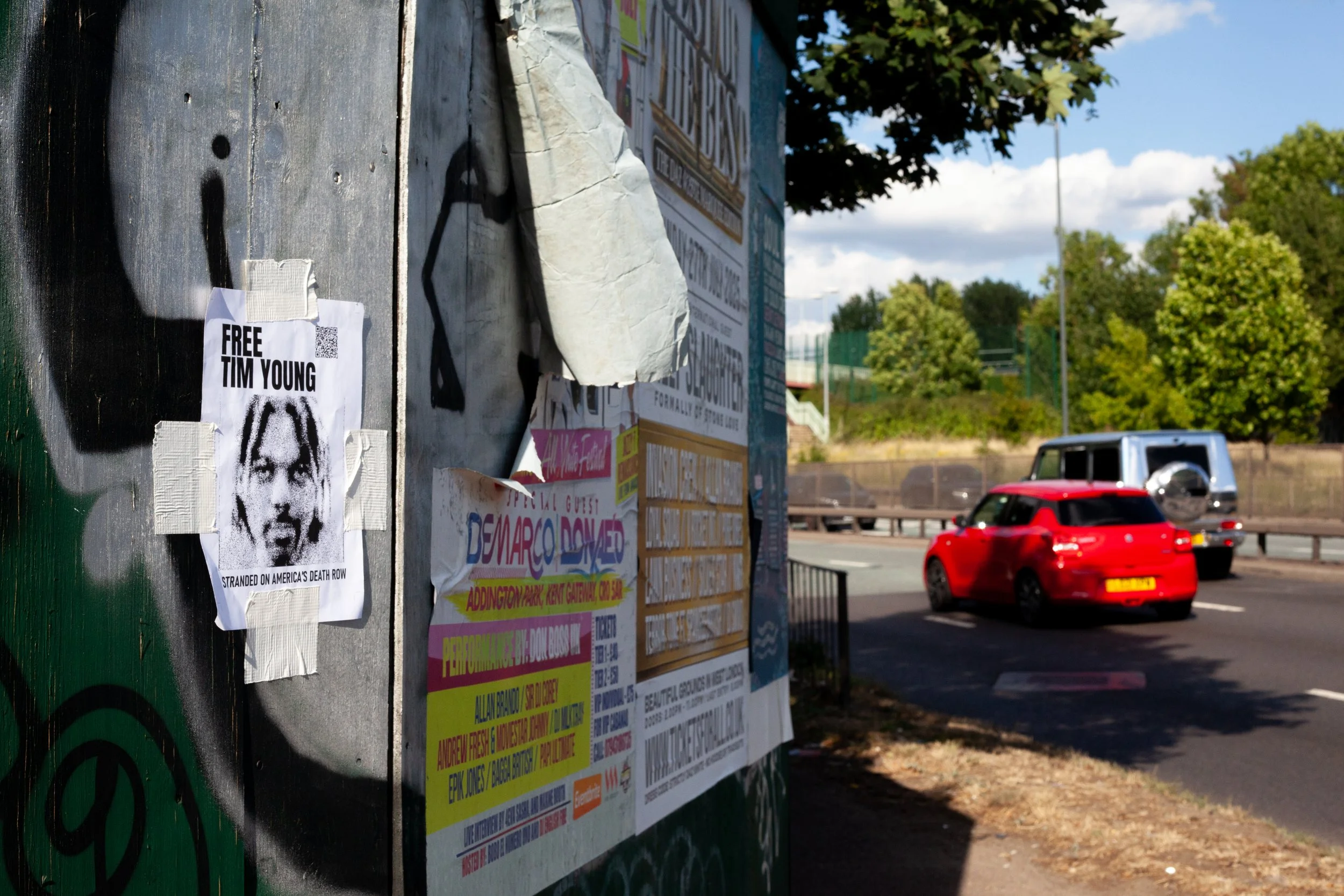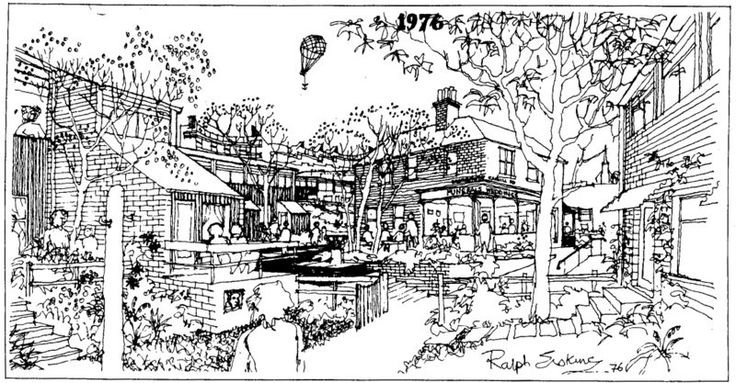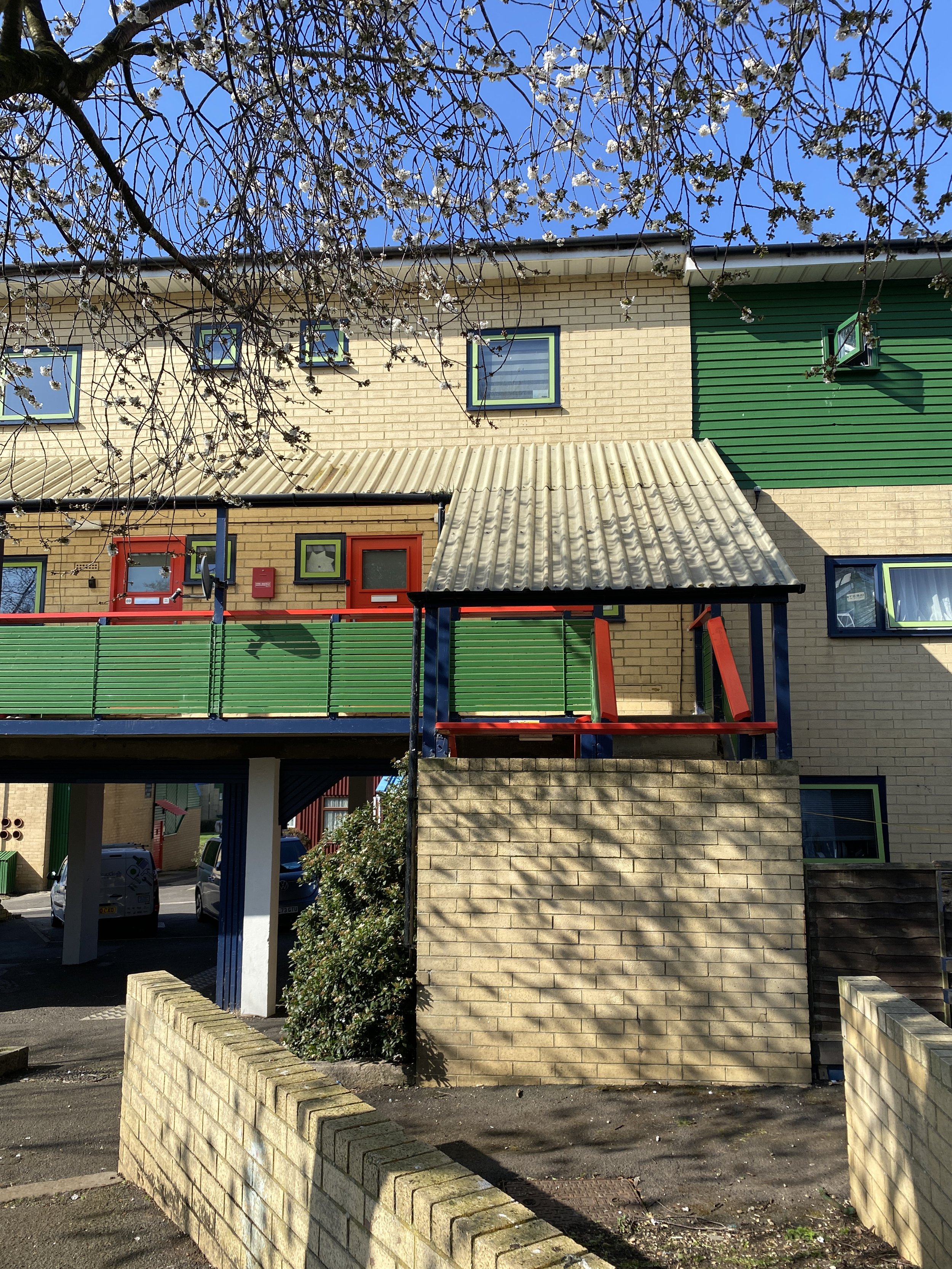See-it-Clearly ? Architecture Lab
What if sites like San Quentin were conceived as social housing instead of "California model" prisons? What if incarcerated individuals formed part of the design team? We have begun to work with professionals and academics in the field to explore this further. See-it-Clearly Architecture Lab for design and research was set up by Tim Young, the Solitary Architect, and Sofia Karim in February 2025.
Drawing created over print of base image "San Quentin State Prison, Building 22, Point San Quentin, San Quentin, Marin County, CA" from Library of Congress, Prints & Photographs Division, HABS CA-2804-A, accessed 15 February 2025.
See it Clearly - Social Housing / Free Tim Young
Tim’s designs for space-saving beds. Click here.
EDGEWOOD MEWS BY PETER BARBER ARCHITECTS
Research on social housing typologies for See-it-Clearly Architecture Lab. We visited Edgewood Mews by Peter Barber Architects “an award-winning practice based in London known for its radical approach to social housing and urban planning. [Awarded] the Royal Institute of British Architects’ Neave Brown Award for Housing and the Royal Academy’s Grand Prize for Housing.”
“The building bears the unmistakable hallmarks of Peter Barber, one of the country’s most distinctive housing architects, who has just been named winner of the prestigious 2022 Soane medal. His leaping brick arches, crenelated terraces and quirky vaulted rooflines can now be found transforming unpromising side streets and leftover backland sites across London.”
Byker Wall Estate, photo by Sofia Karim
Research on social housing typologies for See-it-Clearly Architecture Lab. We visited the Byker Estate, Newcastle, UK, built between 1969 and 1983, designed by the late architect Ralph Erskine assisted by Vernon Gracie.
Silvie Fisch, Director of Northern Cultural Projects, a community history and cultural organisation, and Associate Researcher at Newcastle University's Oral History Collective, gave us a detailed tour explaining how all the community management and social support works. She lives there. #FreeTimYoung / 03.04.25
Byker Wall Estate, photos by Simone Rudolphi
Ralph Erskine sketch, 1976
Dear Tim, Brother, Solitary Architect,
Look! Erskine’s motif for the project was a balloon! Signs? - SK, 03.04.25
The Byker housing development (constructed, 1969-1983) in Newcastle upon Tyne is known internationally for its colourful housing and for pioneering practices in community participation. While council estates in Britain face widespread demolition, Byker enjoys a relatively safe position thanks to a Grade II* listing.
Its style represented a major break with the Brutalist high architectural orthodoxy of the time and its innovative design principles have inspired numerous socially inclusive and community-focused housing projects globally. These projects often incorporate elements of community engagement, sustainability, and a strong emphasis on improving the living conditions and well-being of their residents.
Before the scheme could be completed, the Conservative government’s withdrawal of support for council housing, the loss of industries and the push for property ownership all led to the stigmatisation of council estates. They were now regarded as rough, dangerous places and the people who lived there were the failures of society, the undeserving poor.
Byker residents still experience high levels of disadvantage. The Indices of Multiple Deprivation rank Byker in the UK’s lowest 3% of neighbourhoods for income, employment, health and education. 47.5% of children in Byker are living in relative poverty.
The estate is now owned and managed by Karbon Homes who offer a wide range of support services to their tenants, from benefit advice to help with finding employment.
-Silvie Fisch
photos by Simone Rudolphi
photos by Sofia Karim



























































